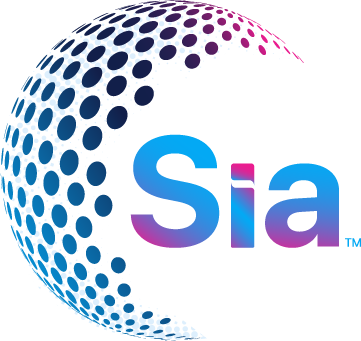The Ultimate Debate: Learning to Work or Working to Learn?

The Ultimate Debate: Learning to Work or Working to Learn?

Experiencing the unique challenge of scaling a statewide teacher-apprenticeship program while parenting three college-aged sons. The declining appeal of post-secondary education, especially among young people, is evident in everyday life. Weekly, new articles discuss the shifting landscape of higher education, skepticism about its return on investment, and the need for universities to adapt. Beyond campuses, we face an increasingly disengaged workforce and, notably in my profession, understaffed K-12 schools.
Flipping the Script on Education: From Training to Growth
- A Collaborative Approach: The Tennessee Model
The success of Tennessee’s program hinges on a collaborative effort that brings together key stakeholders:
K-12 Leaders: School administrators are vital in providing mentorship and fostering a supportive learning environment for apprentice teachers.
Universities: Institutions of higher learning contribute by adapting their curriculum and offering ongoing professional development opportunities.
Aspiring Teachers: The program provides a structured pathway for individuals to gain valuable classroom experience while earning their teaching credentials.
Workforce Development Specialists: Their expertise ensures the program aligns with industry best practices for apprenticeship models.
The Traditional Learn-to-Work Model
Universities have long served as gateways to professional success, equipping students with a robust knowledge base in their chosen fields. This traditional “learn-to-work” model has undoubtedly empowered countless individuals to build fulfilling careers. However, in today’s rapidly evolving job market, characterized by technological disruption and the rise of the knowledge economy, a singular focus on knowledge acquisition might not be enough.
The Strengths and Shortcomings of the Traditional Model
- Rapidly Evolving Skillsets: Technological advancement necessitates a workforce that can adapt and learn new skills continuously. The traditional model may not adequately equip graduates with the agility to navigate this evolving landscape.
- Practical Application: While knowledge is essential, the ability to apply it effectively in real-world scenarios is equally crucial. The traditional model may lack a strong emphasis on practical application, potentially leading to a gap between theory and practice.
- Career Exploration and Development: Self-discovery and career planning are often considered secondary aspects of the traditional model. Graduates may find themselves ill-equipped to identify their passions and chart their career paths effectively.
Education and Workforce Development
Forget the age-old degree hunt! The future of work is all about having the right skills. Companies are ditching the traditional bachelor’s requirement for some jobs, offering on-the-job training with valuable certifications, and even helping employees pursue further education. This means your learning journey doesn’t end at graduation – it’s just the beginning! So, stay curious, focus on your passion, and explore how your university can equip you with the skills employers crave.
The Rise of the Work-to-Learn Model
Over the past decade, enrollment in apprenticeship programs across the United States has skyrocketed by an impressive 102 %. Particularly in the realms of education and healthcare, apprenticeships have experienced an extraordinary 175 % increase, training almost 92,000 apprentices nationwide. In Tennessee, the recruitment for teacher apprenticeships is constrained solely by the availability of funding and seats. The widespread belief that “no one aspires to become a teacher” is erroneous 88 % of educators in Tennessee express job satisfaction. The Tennessee Grow Your Teacher Apprenticeship initiative successfully enrolled 600 teacher apprentices in its inaugural year, with over 1,000 applicants and no expenditure on marketing.
Unlocking Potential: How Work-to-Learn Bridges the Gap in Education
Traditional education, with its emphasis on lectures, tests, and rigid schedules, can leave many learners behind. Work-to-learn models offer a powerful alternative, engaging students of all ages who learn best by doing. These programs provide valuable hands-on experience, while also helping students discover their strengths and career paths. While selectivity ensures students choose suitable programs, it can unintentionally exclude those who excel in practical settings. Work-to-learn models embrace a wider range of learners, ensuring everyone has a chance to succeed in higher education.
A Vision for the Future
Imagine a world where every career path offered a hands-on learning experience. This could be apprenticeships, competency-based programs, or “Nexus degrees” that combine academics with real-world work. In these models, students would begin by acquiring the skills they need most, directly from experienced professionals. This approach aligns perfectly with the ARCS Model of Motivational Design, ensuring students stay engaged, see the relevance of their studies, feel confident in their abilities, and find the learning process satisfying.
Imagine a future where college degrees are accessible through both learn-to-work and work-to-learn models, allowing seamless transitions between them. How many disengaged learners would finish their degrees if their existing skills counted toward their credentials? These questions deserve our attention as higher education evolves to meet society’s needs for the next century.





